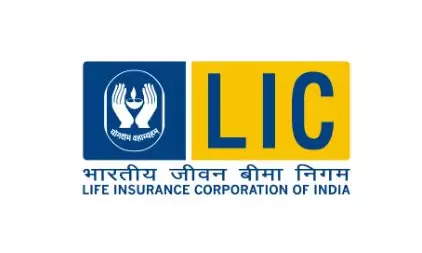Hang some clothes and light a bulb!
The whole process, or mechanism, is actually simple yet unique. The wall of any channel has some charges inbuilt in it.;

Kolkata: Now you can generate electricity from drying clothes and that too in a natural ambience, if researchers at Indian Institute of Technology Kharagpur (IIT-KGP) are to be believed. That’s not all. The electricity generation can be up-scaled by systematically drying a set of regular garments under the sun-light. This, IIT KGP researchers believe, can turn into a source of low-cost power in extreme rural settings.
The whole process, or mechanism, is actually simple yet unique. The wall of any channel has some charges inbuilt in it. If saline water, or similar water-based solution, is passed through the wall, it creates voltage through capillary action. In this case the regular cellulose-based wearable textile acts as a wall to develop voltage. That voltage is then stored.
By utilising tiny channels, or the so-called nanochannels, in the cellulose-based fabric network, electrical power generation is made, through guided movement of saline water amidst continuous evaporation, very much like water transport across the parts of a living plant.
“The regular cellulose-based wearable textile, in this case, acts as a medium for the motion of salt ions through the interlace fibrous nano-scale network by capillary action, inducing an electric potential in the process”, said Prof Suman Chakraborty from the Mechanical Engineer-ing Department, who is also a lead researcher of the group. Their device design inherently exploits a large transpiration surface for achieving a sustainable motion of salt ions, through natural evaporation phenomenon.
The researchers have also demonstrated up-scaling of this entire process by using a large number of (around 50 in number, with a surface area of 3,000 square metre) clothes being dried in tandem by washermen in a remote village. Connected to a commercial super-capacitor, in the process, the researchers were able to reliably charge up to around 10 Volt in almost 24 hours. This stored energy is enough to glow a white LED for more than 1 hour, they said. The point, Prof Chakra-borty says, is that as compared to existing methods of energy harvesting from complex resources, the electricity generation occurs in natural ambience.


